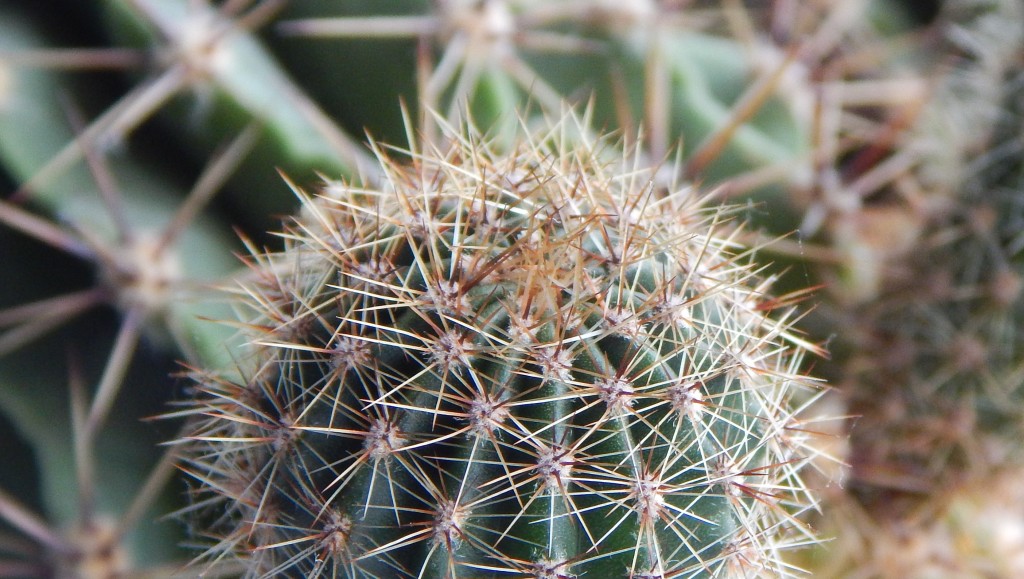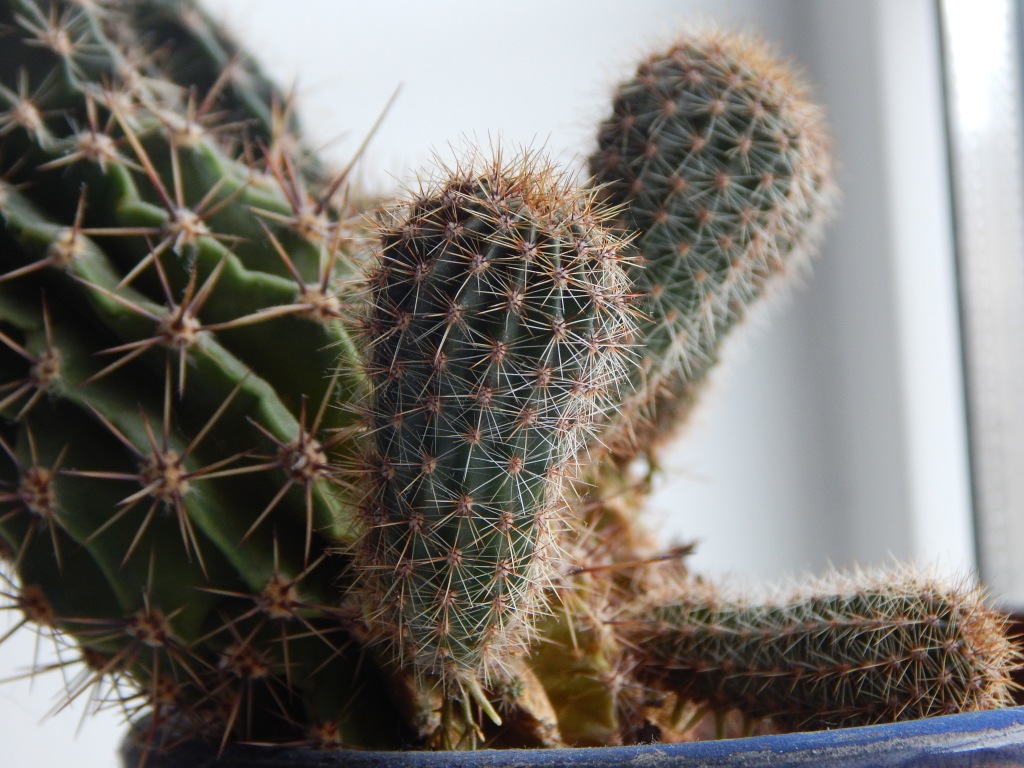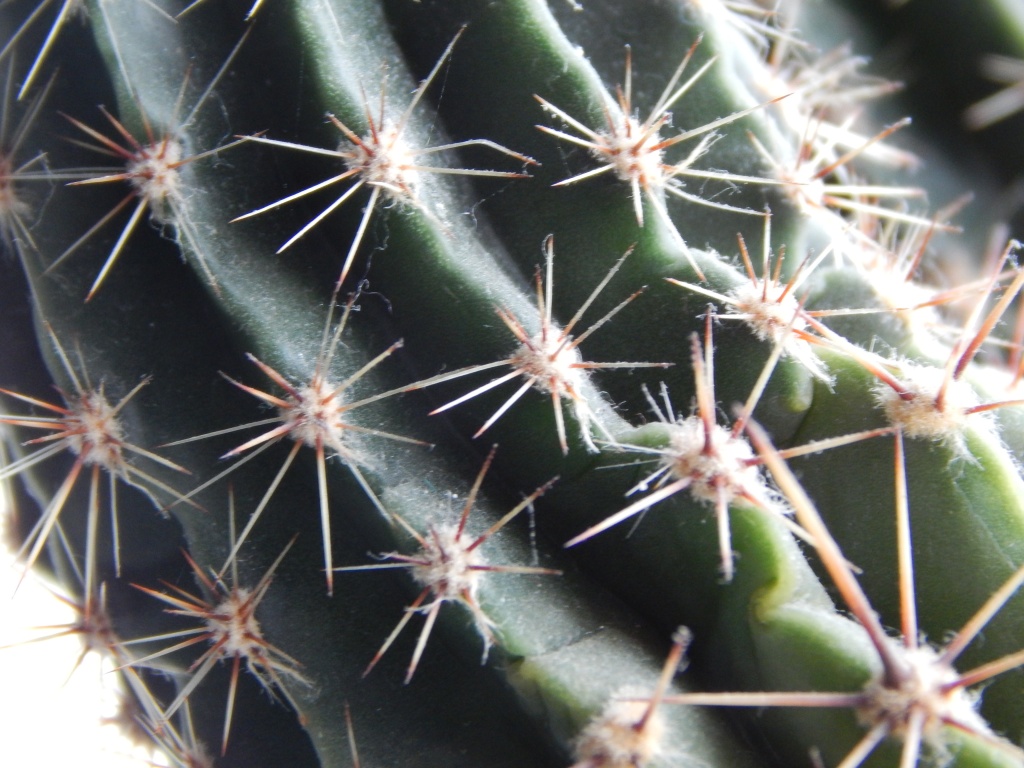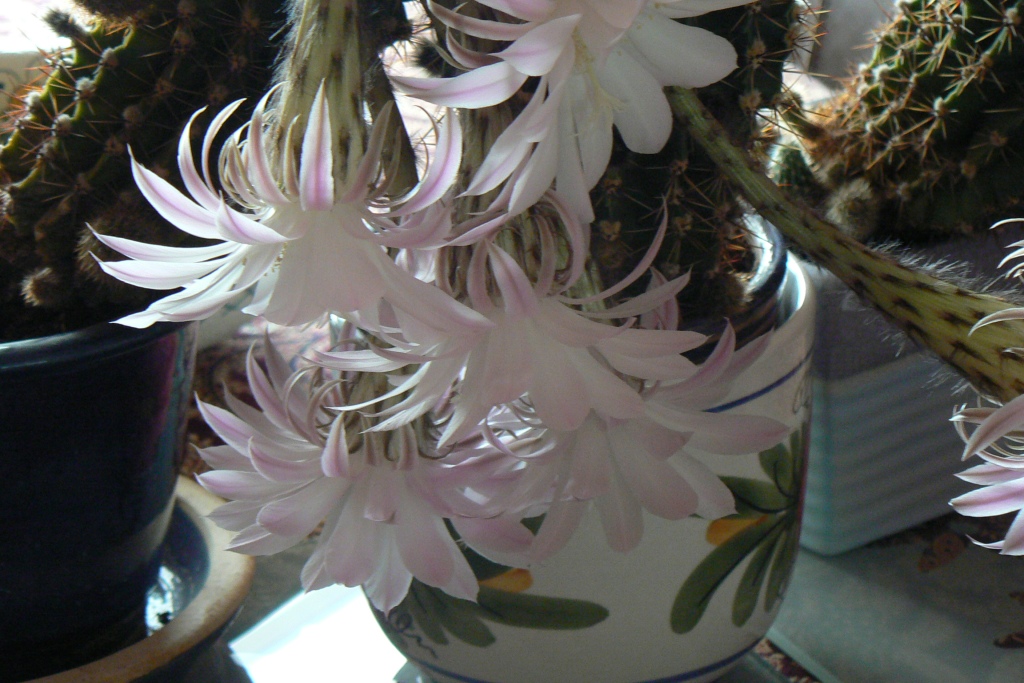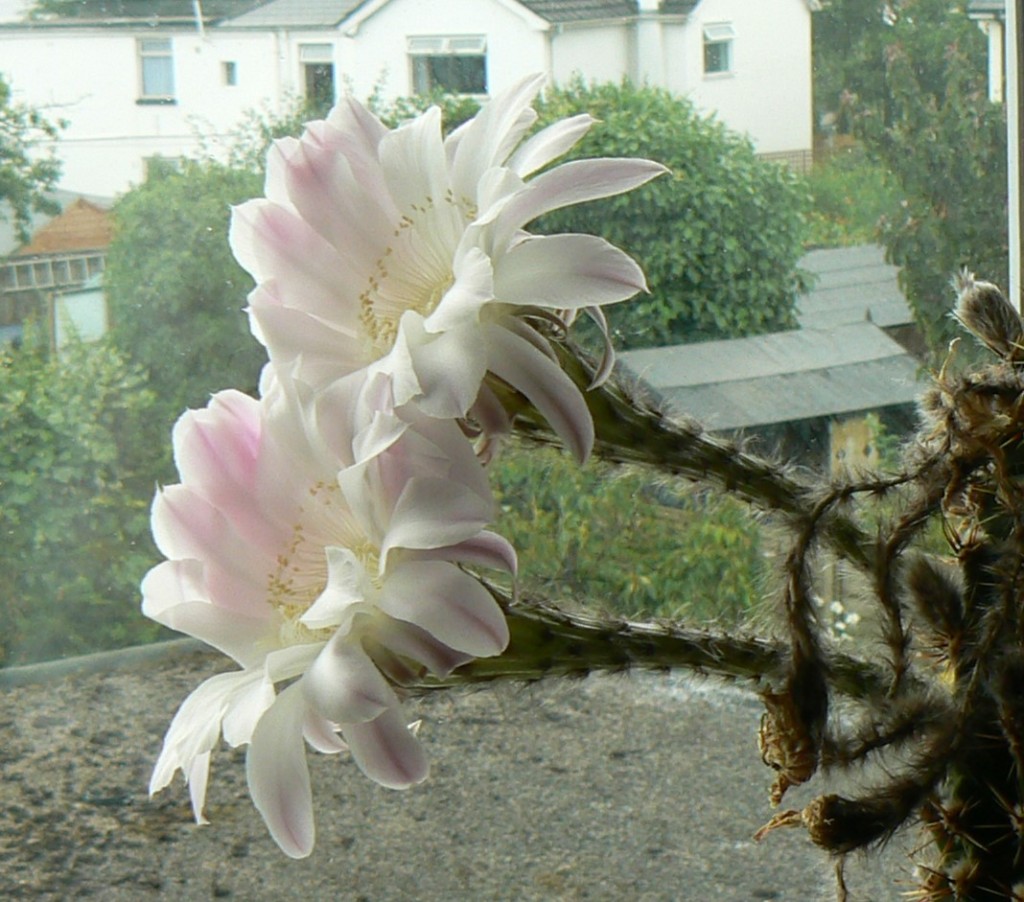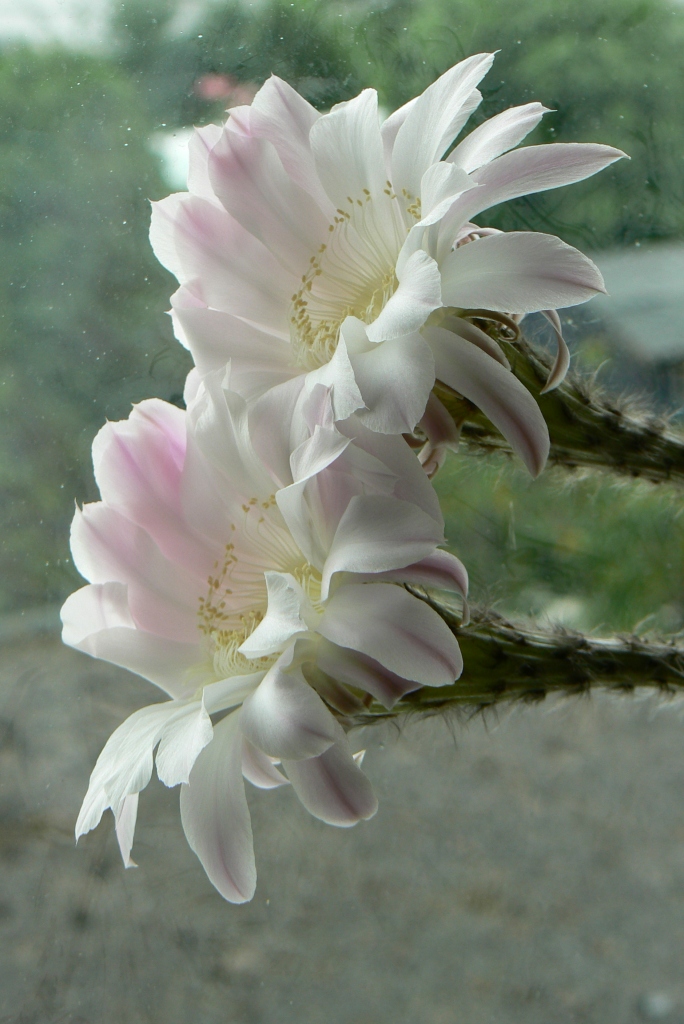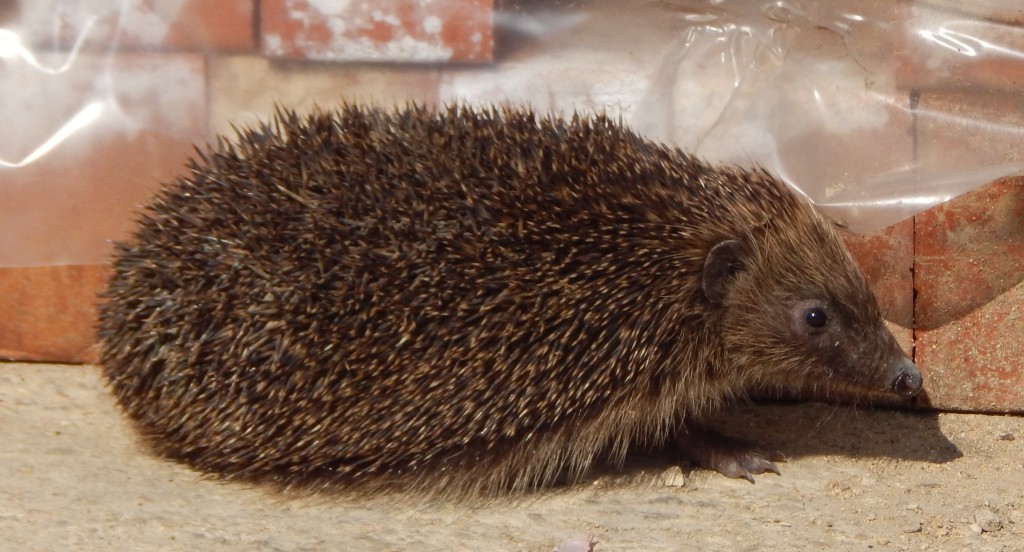
[134] Erinaceus europaeus, Hedgehog
Introduction
Erinaceus europaeus, the Hedgehog, is a small mammal now rarely seen in Britain, easily recognisable from its spines.
There are seventeen species of Hedgehog. This one is the European Hedgehog or West European Hedgehog or Common Hedgehog. Hedgehogs have also been called hedgepigs, furze-pigs and urchins.
Taxonomy
Kingdom – Animals
Phylum – Chordata
Class – Mammals
Order – Eulipotyphia (Hedgehogs, shrews and moles)
Family – Erinaceidae (Hedgehogs and gymnures)
Subfamily – Erinaceinae (Hedgehogs)
Genus – Erinaceus
Scientific Name – Erinaceus europaeus
Name
The name hedgehog comes from Middle English hedge-hog because it frequented hedges and had a pig-like snout.
Furze is an old name for the very prickly plant [351] Gorse. Urchin, coming from the Latin for hedgehog ericius, now survives meaning a mischievous child or ragamuffin, and more often in the name sea urchin. [Sorry, no sea urchins to come in this blog.]
Erinaceus is another form of the Latin for hedgehog.
Description
Much of taxonomy has been completely restructured over recent years following DNA analysis methods. Hedgehogs used to be in the order Insectivora, although they are not insectivores. This general grouping was shown to be paraphyletic and so new orders have been defined. Erinaceidae remains as a family – it consists of hedgehogs and a group of obscure small mammals call moonrats or gymnures.
Hedgehogs are covered in spines, which makes them superficially look like the unrelated species of porcupines and the Echidna. They can roll into a ball, which leaves them well defended by the spines.
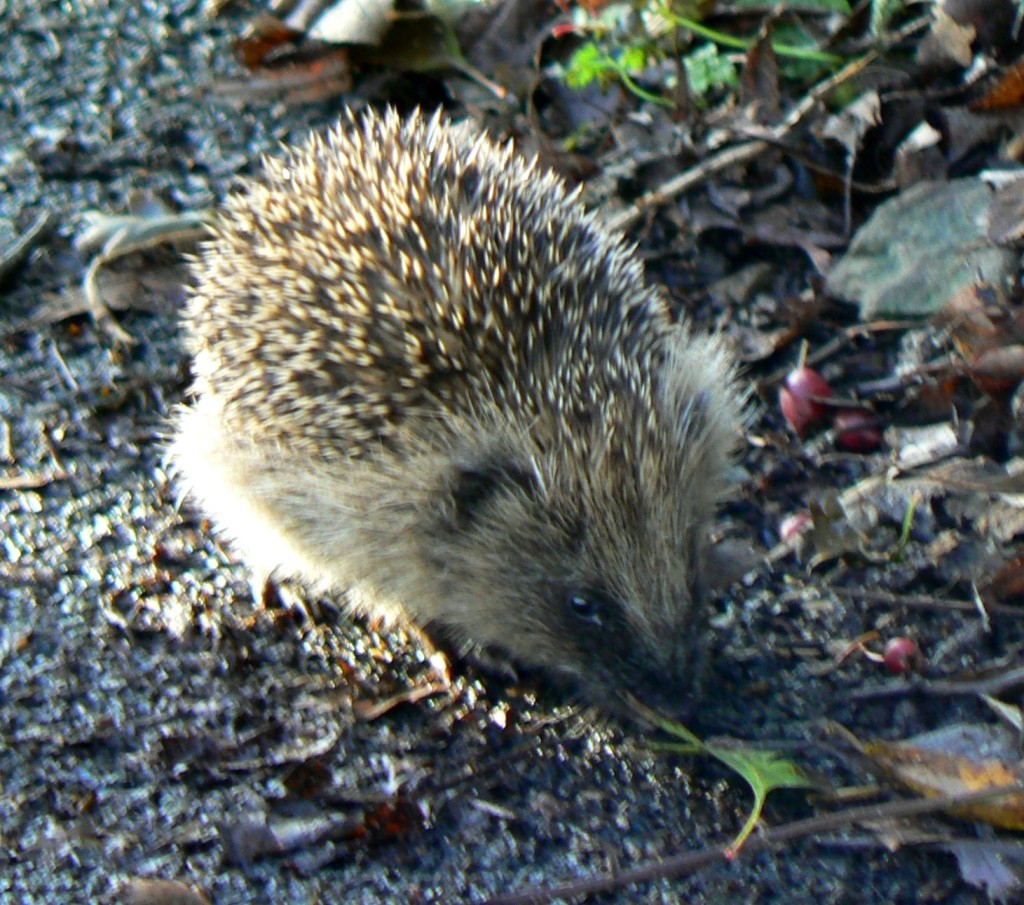

They are nocturnal and omnivorous and will eat earthworms, insects, millipedes, slugs and snails and occasionally, mushrooms, roots and berries. They compete with Badgers for food and their man predators are Badgers.
Hibernation
They may hibernate in winter and during hibernation their body temperature reduces from about 30-35 ˚C to 2-5˚C. They may wake once or twice to move their nests during hibernation.
Habitat and use
The European Hedgehog is native to Western Europe but has been introduced elsewhere. It is now an invasive species in New Zealand and in some island in the Hebrides.
They live in a variety of habitats but are rare in coniferous woodland, marsh and moorland. They need suitable locations for hibernation and are now mostly found in gardens, parks and open land near human settlements.
Numbers have been declining in Britain but are still estimated at about a million.
They are a protected species and may not be kept as pets but other species of hedgehog are kept as pets. I think they are more popular in the USA (where there are no native hedgehogs.)
Other Notes
Significant numbers are killed while crossing roads.
It is no surprise to see anthropomorphised hedgehogs in Children’s literature such as Beatrix Potter. I suppose I also have to mention Sonic the Hedgehog, a very popular character in the world of computer games and spinoff films.
It is said that all hedgehogs have hundreds of Hedgehog Fleas (Archaeopsylla erinacei) but those in New Zealand have none. Hedgehogs survived the long journey but the fleas did not.
I have only seen three hedgehogs in the last fifty years but I have been able to photograph two of them. My most recent sightings have been in urban locations within the town of Cheltenham.
See also
We do have moles and some species of shrews but you are very unlikely to see one. To be honest you may never see a hedgehog.

